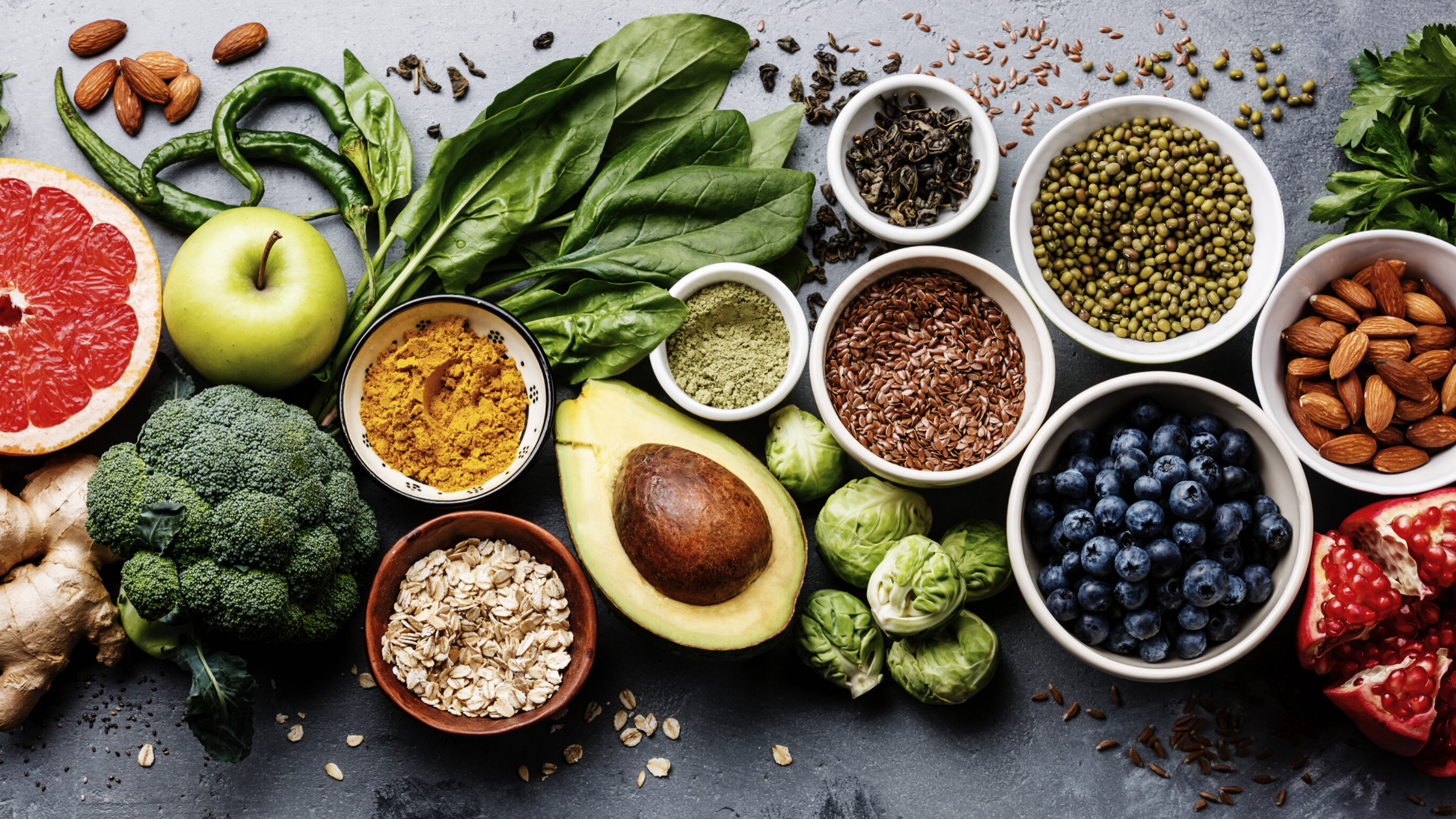Fitness and nutrition go hand in hand. Consumers are becoming increasingly more interested in the total health package and are increasingly looking for PTs that can offer holistic fitness and nutritional advice.
PTminder has recently partnered with Precision Nutrition, which means that our PTminder clients can access everything they need to successfully coach nutrition in one proven system. This includes premium articles, infographics, and training to help you meet your client's health and fitness goals.
PTminder users also get a special offer on the Precision Nutrition Level 1 certification and access to hundreds of articles just like this one. Log in to your PTminder account to access this exclusive offer now.
Are superfoods always the right choice for your clients' health?
The internet is alight with great resources, after all, it brought you here, didn't it? But the internet has a problem with obsessing over certain diet trends and superfoods: Quinoa anyone?
You've likely heard of the magic powers of quinoa, kale, and blueberries as they are some of the more popular superfoods we like to talk about. But, what exactly are superfoods? And why have we grown so obsessed with them? The Merriam-Webster Dictionary defines superfoods as foods richer in compounds (such as antioxidants, fiber, or fatty acids) considered beneficial to a person's health.
While this is a great thing—as micronutrients are fundamental to our overall wellbeing—should we be telling our clients to throw out their pantry staples like rice, bananas, and lettuce and instead stock up only with superfoods?
As much as we'd love to offer you a yes or no here, the answer is not that simple. It’s never as simple as ‘good’ vs. ‘bad’ or ‘healthy’ vs. ‘unhealthy.’ While superfoods pack a punch when it comes to their micronutrient content, their growth in popularity doesn't mean these superfood-fads are right for everyone. When it comes to building an appropriate nutrition plan for your clients you still have to consider their dietary requirements, digestive abilities, and overall fitness goals.
5 ‘superfood’ vs ‘regular’ food comparisons that will surprise you
Precision Nutrition has analyzed popular superfoods — the ones that are regularly put on a pedestal and feature in almost every nutrition plan and their less celebrated counterparts. The results may seem a bit surprising, but they're well worth keeping in mind when you're designing nutrition plans for your clients.
|
WHITE RICE vs QUINOA It's difficult to fault quinoa - it's a whole grain that's high in protein, fiber, and more. Its poor cousin, white rice, is looked down on because it's refined, high carb, and low fiber. But let's look beyond the nutrition label and compare the benefits of each one. |
| White Rice | Quinoa |
| Pros |
|
|
| Cons |
|
|
|
What have we learned? Enriched white rice mostly holds its own nutrient content, and both are good depending on your client's context and goals. |
|
ICEBERG LETTUCE vs KALE The poor old lettuce has been demonized as having no value whatsoever and is simply a vehicle for whatever you'd rather be eating, while kale is the sophisticated alternative that is packed with vitamins, antioxidants, and fiber. |
| Iceberg Lettuce | Kale |
|
|
|
What have we learned? There's no doubt that kale leaves iceberg lettuce in the dust when it comes to nutrient value, but if your clients can't stand the taste then iceberg lettuce is better than nothing. |
|
OLIVE OIL VS. COCONUT OIL Olive oil has always been a healthy choice due to being rich in vitamins and healthy fats, but in the 'superfood' era it's often seen as a bit 'old school'. Coconut oil contains metabolism-boosting medium-chain triglycerides, and lauric acid, which may have antibacterial benefits. |
| Olive Oil | Coconut Oil |
|
|
|
What have we learned? Olive oil is actually nutritionally superior to coconut oil, but take into account your clients' needs when it comes to fat intake and how they're cooking. |
|
WHOLE EGGS VS. EGG WHITES One of the most endlessly debated foods is the good old egg. Are they bad for your heart? Do they raise cholesterol? Or are they one of the most nutritious foods on earth? The argument has led to people consuming just the white, as it's basically pure protein, but are you missing out on the healthiest part of the egg? |
| Whole Eggs |
Egg Whites |
| Pros |
|
|
| Cons |
|
|
|
What have we learned? Egg whites have fewer nutrients than the whole, but they're exceptionally high in protein. Mostly, it comes down to personal preference based on specific health conditions. |
|
BANANA VS. BLUEBERRIES Although there's little doubt that bananas have a lot going for them nutritionally, they're also seen as fattening due to their calorie and carb count. Blueberries don't have that problem, and they're known for their cancer-fighting antioxidants. |
| Banana | Blueberries |
|
|
|
What have we learned? Bananas are higher in carbs and sugar, but they're just as healthy as blueberries |
When you're designing a nutrition plan, take all of the above into account when considering your clients' lifestyles and tastes.
Remember: How ‘super’ a food depends on your clients’ goals, priorities, body type, preferences, and current diet.
There's no point in including kale if you know it'll only wind up in the compost bin, so consider where iceberg lettuce might be a good alternative. Think about how on-the-go they are — do they have time to separate egg whites or wash and dry blueberries? What are their goals — are they losing weight or gaining it?
Everyone is different, which means so are their nutritional needs. They'll have more success in reaching their goals if their nutrition plan is tailored towards them.

This article and infogrphic originally appeared on the Precision Nutrition blog and has been published here with permission. Authored by Director of Nutrition - Brian St. Pierre, MS, RD.
Use this nutrition calculator developed by Precision Nutrition to help you create well-rounded plans according to your client's goals.
PTminder’s Nutrition Planner can then help you build a meal plan that you can assign to your clients. Sign up for a free 14-day trial today.


-2.png)
.png)



